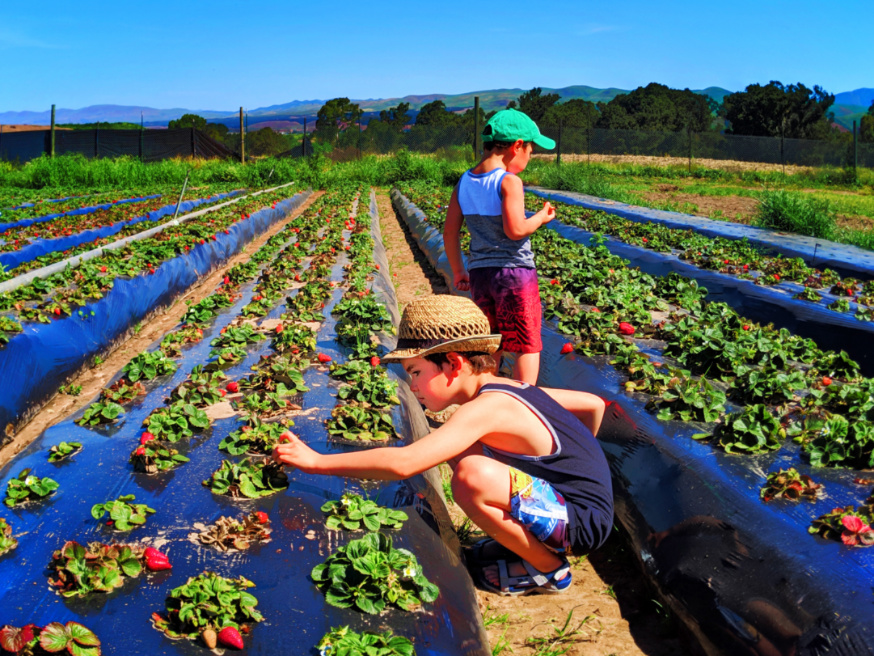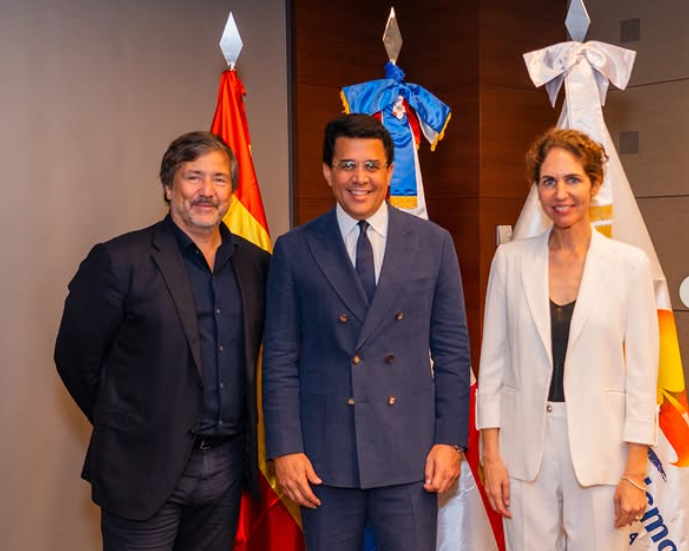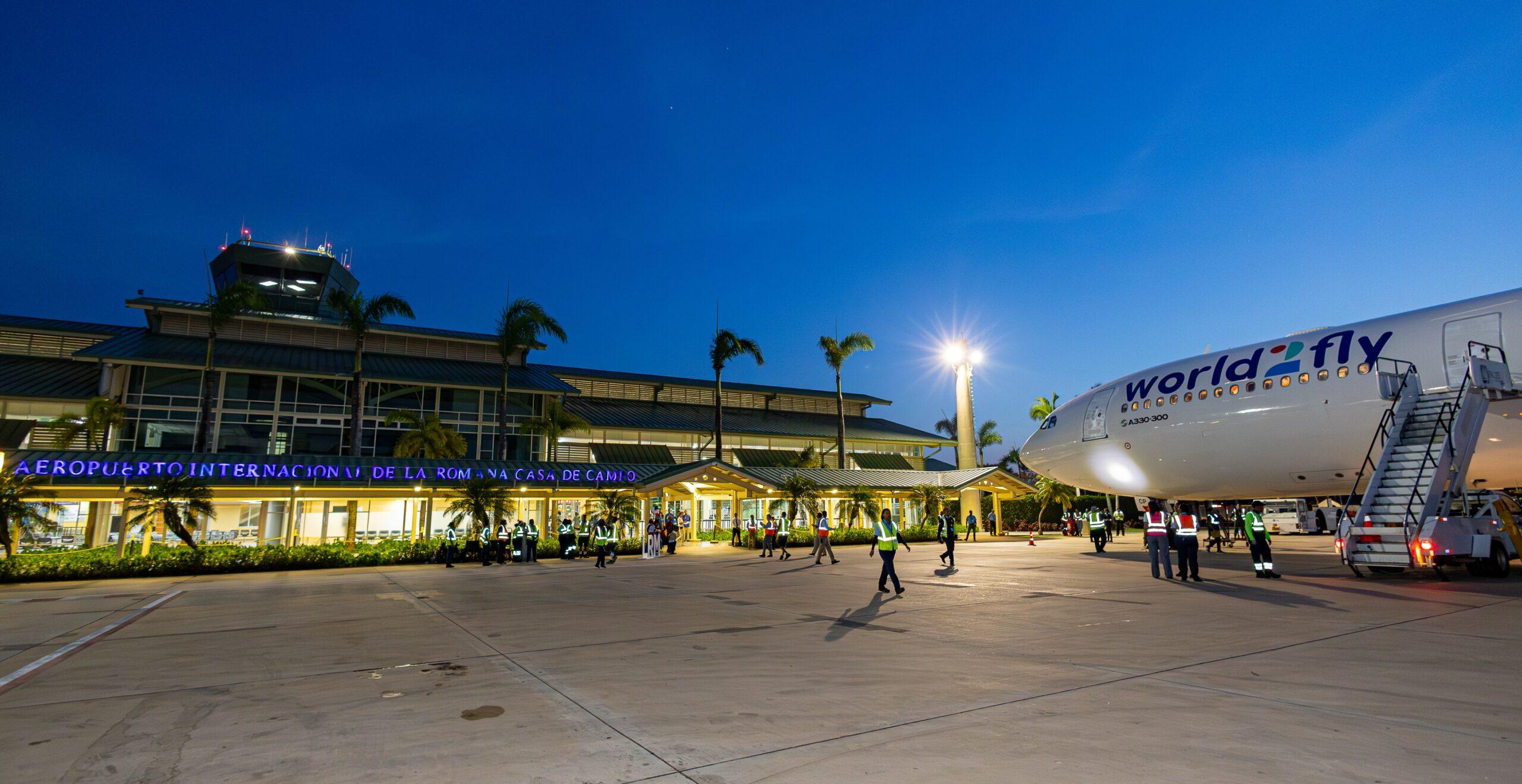Agrotourism diversifies Dominican tourism offerings

Located in Rio Grande Abajo, Puerto Plata province, the Chocolate Mountain lodging attracts «unconventional» visitors.
In the middle of a mountain in Rio Grande Abajo, Altamira, in Puerto Plata province, a Japanese couple arrived attracted by one of the charms of the Dominican Republic. Before them, Turks, Poles, French and Czechs arrived for the same reason: cocoa.
Surrounded by plantations of what is also known as «black gold» because of its value and historical significance, Chocolate Mountain is an ecological lodging that promotes agrotourism, which integrates the tourist or traveler and agricultural activity.
«It is a project where we offer agrotourism experiences. We have three lines of business. There is the accommodation through glamping, in which we offer the experience of the cocoa tour, but we also market local and handmade products», Jenny Checo, owner of the establishment that emerged as a refuge during the pandemic and that today supports the economy of different businesses in the area, explains to elDinero.
The activities revolve around cocoa, which surrounds the lodge with a plantation that extends throughout the property. According to Checo, visitors from Asian countries such as China and Japan, as well as France, Poland, Turkey and the Czech Republic, come looking for «the origin of chocolate» and to learn about the production process.
These are nationalities that, when talking about tourism in the Dominican Republic, are not usually emphasized, however, Central Bank (CB) statistics show that in 2023, 65,473 Polish, 29,685 Chinese, 17,880 Czech and 3,655 Japanese tourists arrived in the country.
«Today some Poles left and this Japanese couple arrived. There were some Spaniards last week, some from the Czech Republic, yesterday there were also some French people,» said Checo, before pointing out that they have capacity for seven people.
During the interview, the Japanese couple roasted cocoa beans in a cauldron. This is the experience that tourists are looking for today, as well as the process of harvesting their own food during their stay, camping outdoors, learning about the products that are harvested in Dominican lands or enjoying nature, beyond the paradisiacal beaches.
«The Poles had seven days in Punta Cana. They came to this place and went back to their hotel again, but they lasted one night here because they wanted to live the cocoa experience and it was something totally new for the lady. Tourists want to live the experience of being in contact with the Dominican countryside,» he said. At the end of their stay, visitors have the possibility of leaving with their own «chocolate».
Chocolate Mountain has two cabins with a matrimonial style, as well as the Guama House, which has two rooms with a bed, a sofa, a bed and an extra room. The lodge also has a vegetable garden where they harvest most of the food they eat.
Cocoa
When talking about cocoa, reference must be made to the Dominican Republic, one of the 10 countries with the highest production. According to data from the Ministry of Agriculture, the country reported 896,367 tareas planted with the bean in 2020, the last year for which there is a record.
The Inter-American Institute for Cooperation on Agriculture indicates that there are about 2.4 million tareas (150,000 hectares) planted with cocoa by about 40,000 producers, with 36,236 registered farms, of which 16.5% are dedicated to the production of organic cocoa.
Hence, Jenny Checho belongs to and promotes micro-businesses that revolve around products derived from the bean. «We have our premium beer, La Cimarrona, a beer with cocoa from right here in Altamira, which has been very well accepted by the public,» she said.
In addition, cocoa soaps are made and local products are marketed. «We have a cocoa wine available, from a women’s cooperative here in the area, my neighbors bring me honey and orange sour, which is also produced in the locality», he explained. The idea is to expose foreign and local visitors to all the possibilities of the bean. «The intention is to mobilize the local economy and make it more dynamic,» he added.
Chocolate Mountain
Chocolate Mountain offers its visitors an immersion into the culture and production process of cocoa. Checo emphasizes the importance of transmitting knowledge in an accessible and transparent manner. From the start, guests are greeted with fresh cocoa beans, followed by a detailed introduction to the process of transforming cocoa into chocolate.
More than just a demonstration, visitors become active participants, getting involved at every stage, from harvesting to roasting, experiencing firsthand the work and dedication required.
The experience is enriched by immersion in the daily life of the local community. Guests also learn about the history of cocoa and the surrounding village to gain a deeper understanding of the local culture and traditions.



